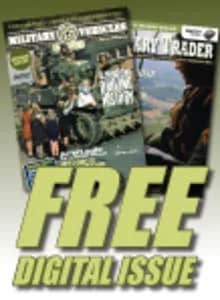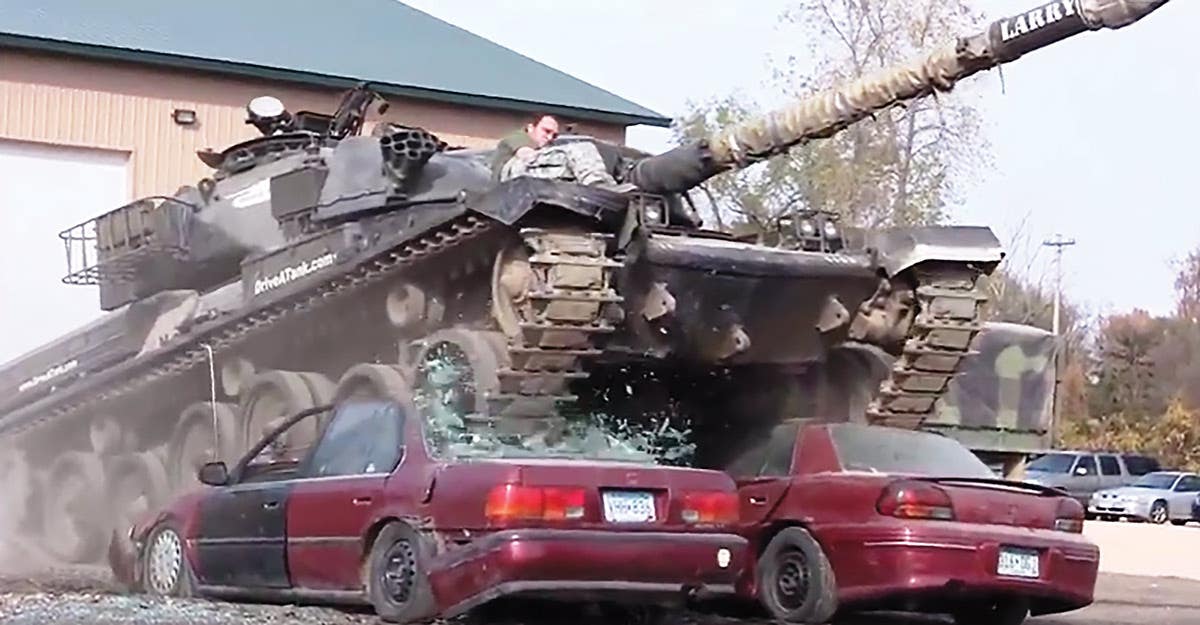Reviving an Air Force Tradition
Nose Art Makes A Comeback First used during WWI on the noses and fuselages of fighters and bombers, “nose art” really took off with American aviators during World War II….
Nose Art Makes A Comeback
First used during WWI on the noses and fuselages of fighters and bombers, “nose art” really took off with American aviators during World War II. Ranging from cartoon characters to racy pin-ups, personalizing aircraft became a way of identifying with the mission and maintaining esprit de corps. The practice all but died in the early 1970s when Air Force Chief of Staff John Ryan called for a moratorium on the practice.
Today, there are strict rules in place and all nose art suggestions have to be vetted through a rigorous approval process. A 2015 Air Force memorandum spells out the criteria for nose art, saying it must be "distinctive, symbolic, gender neutral, intended to enhance unit pride, designed in good taste," as well as abiding by copyright and trademark laws.
And despite the strict rules, painted aircraft are appearing in all theaters of operation, flying combat missions against the Islamic State group, patrolling the skies near resurgent Russian forces, and keeping a close watch on North Korean activities. Nostalgia – rather than antagonism – appears to be the motivation for the resurgence.
Six F-15s from the 493rd Fighter Squadron at RAF Lakenheath in England fly with "kill marks" painted on them, simple stars marking the number of enemy takedowns during past conflicts, said Lt. Col. John Stratton, the squadron’s commander. Together, the jets have nine stars. Some of these aircraft were among the F-15s that deployed to Turkey's Incirlik Air Base in November. Though the F-15s are over thirty years old, there are no F-22s or F-35s with a “kill mark.”
Senior Master Sgt. Chad Heithoff, with the 55th Aircraft Maintenance Unit, helped jump-start a nose art project in 2014 for the KC-135 tankers at McConnell Air Force Base in Kansas. Now he's moved on to the RC-135 reconnaissance aircraft at Offutt Air Force Base in Nebraska. Known as "The Cobra Ball," one of Offut's RC-135s bears a serpent, tightly coiled around a black sphere. Heithoff recently returned from a deployment to Al Udeid Air Base in Qatar and told Air Force Times, "I saw a lot of aircraft with nose art," he said. "I think this is starting to spread."







